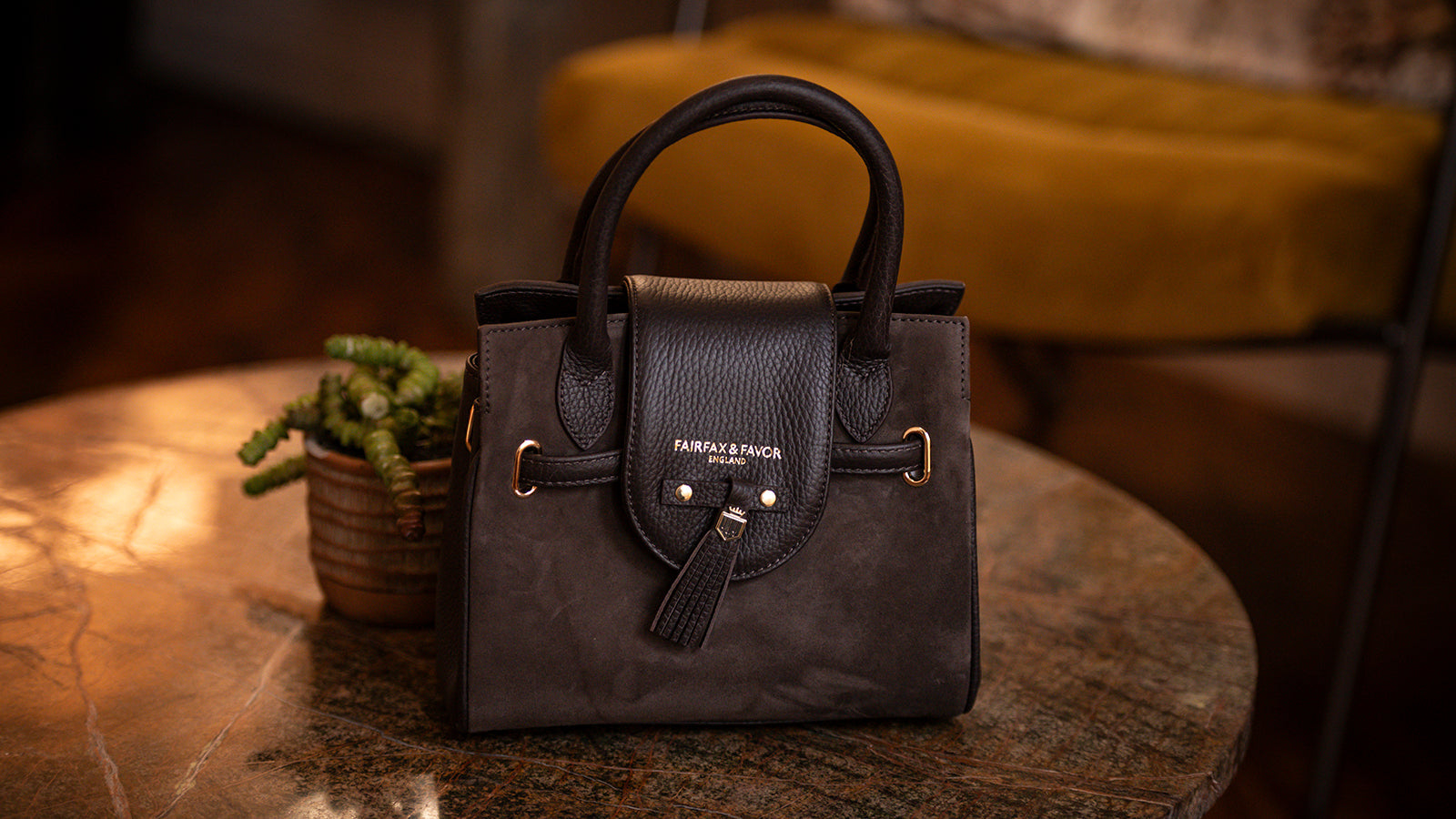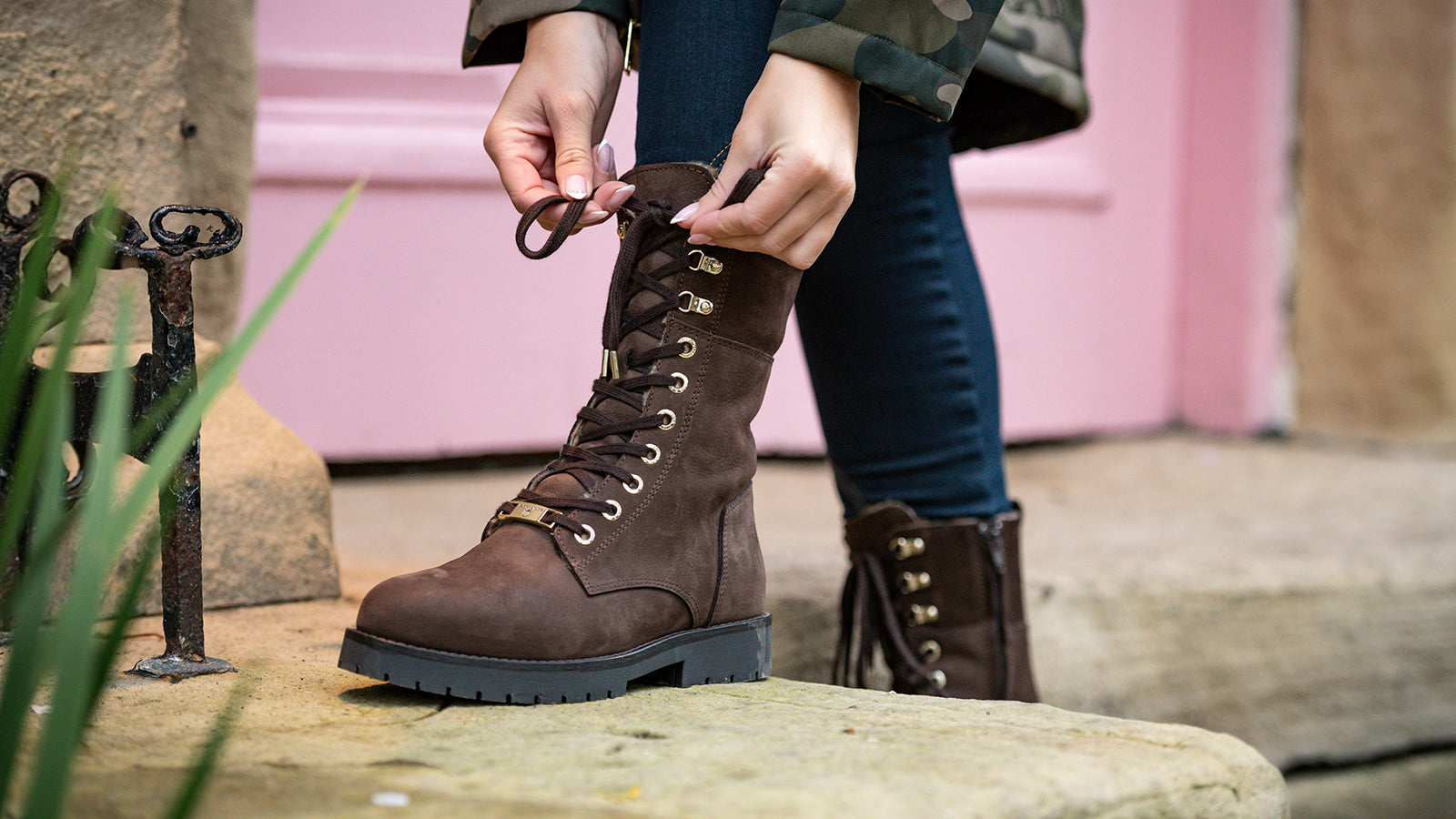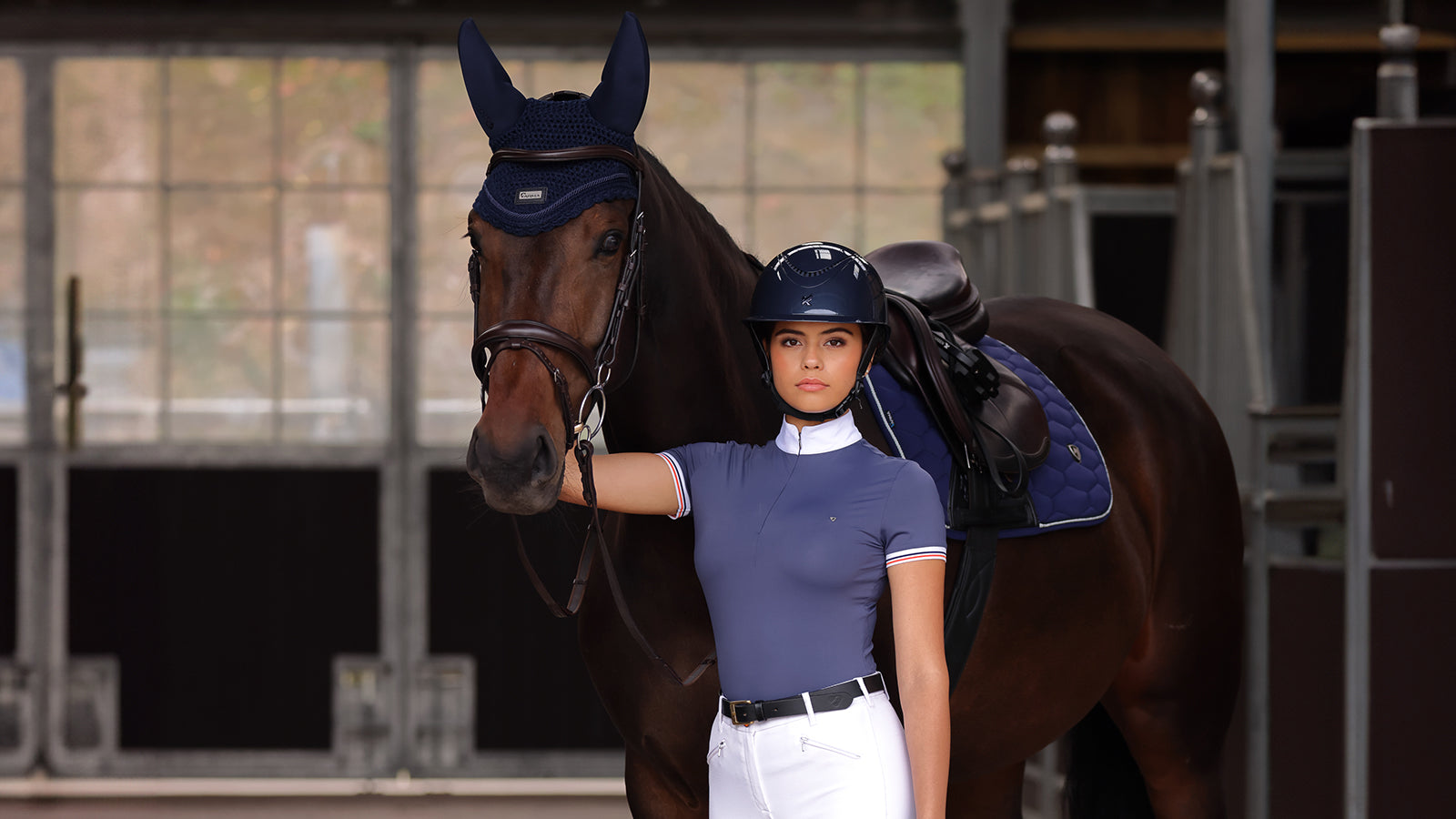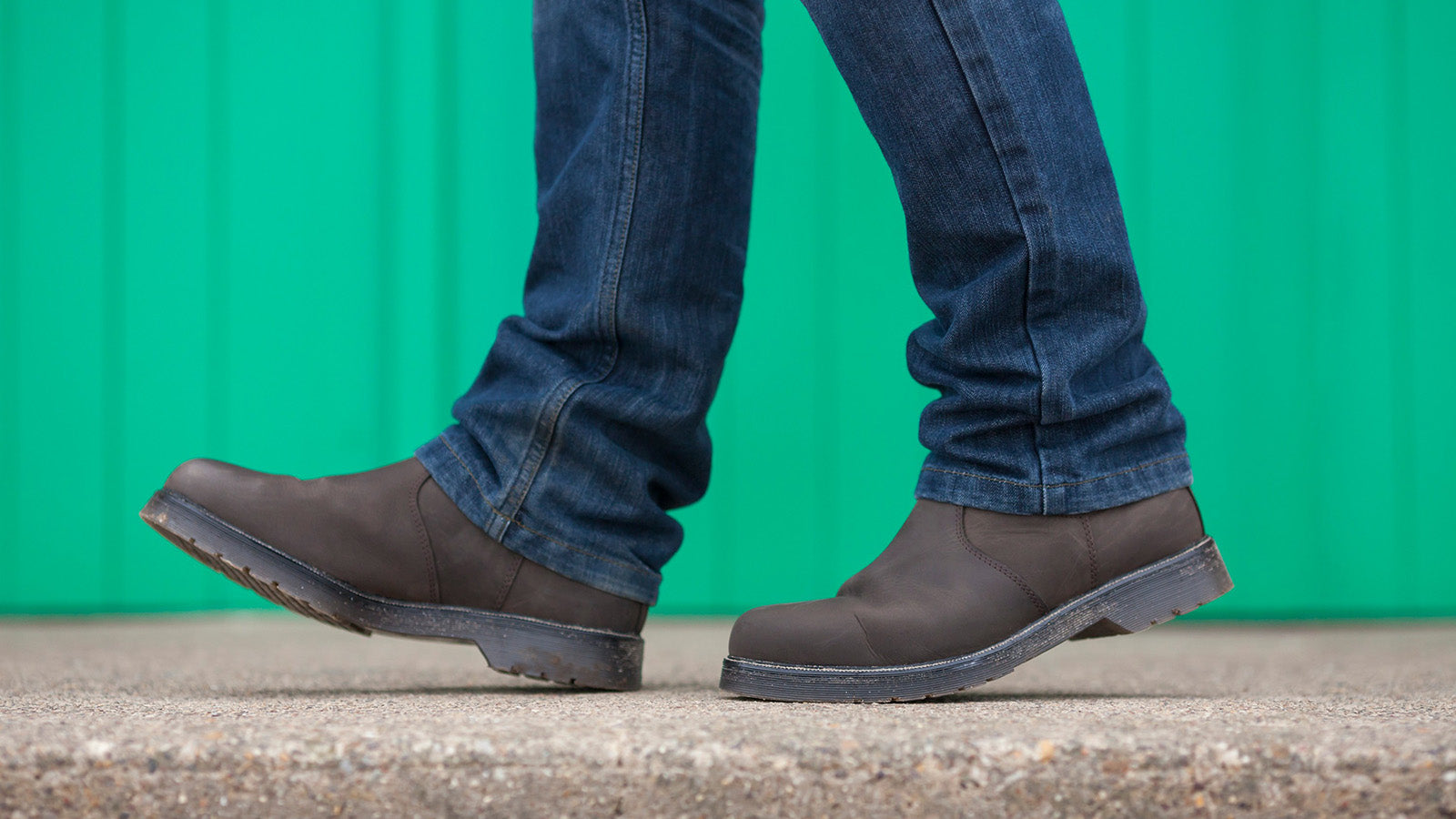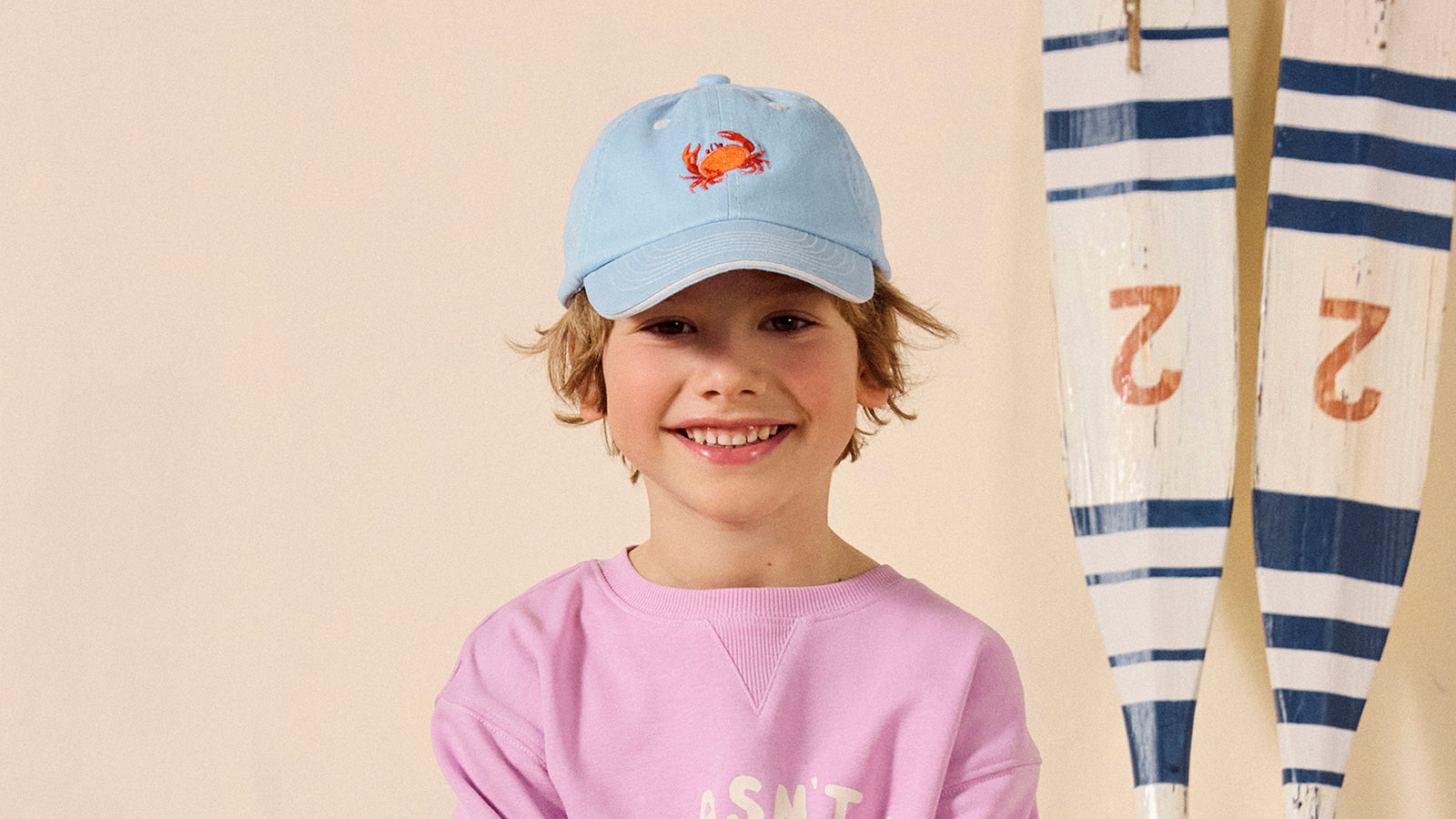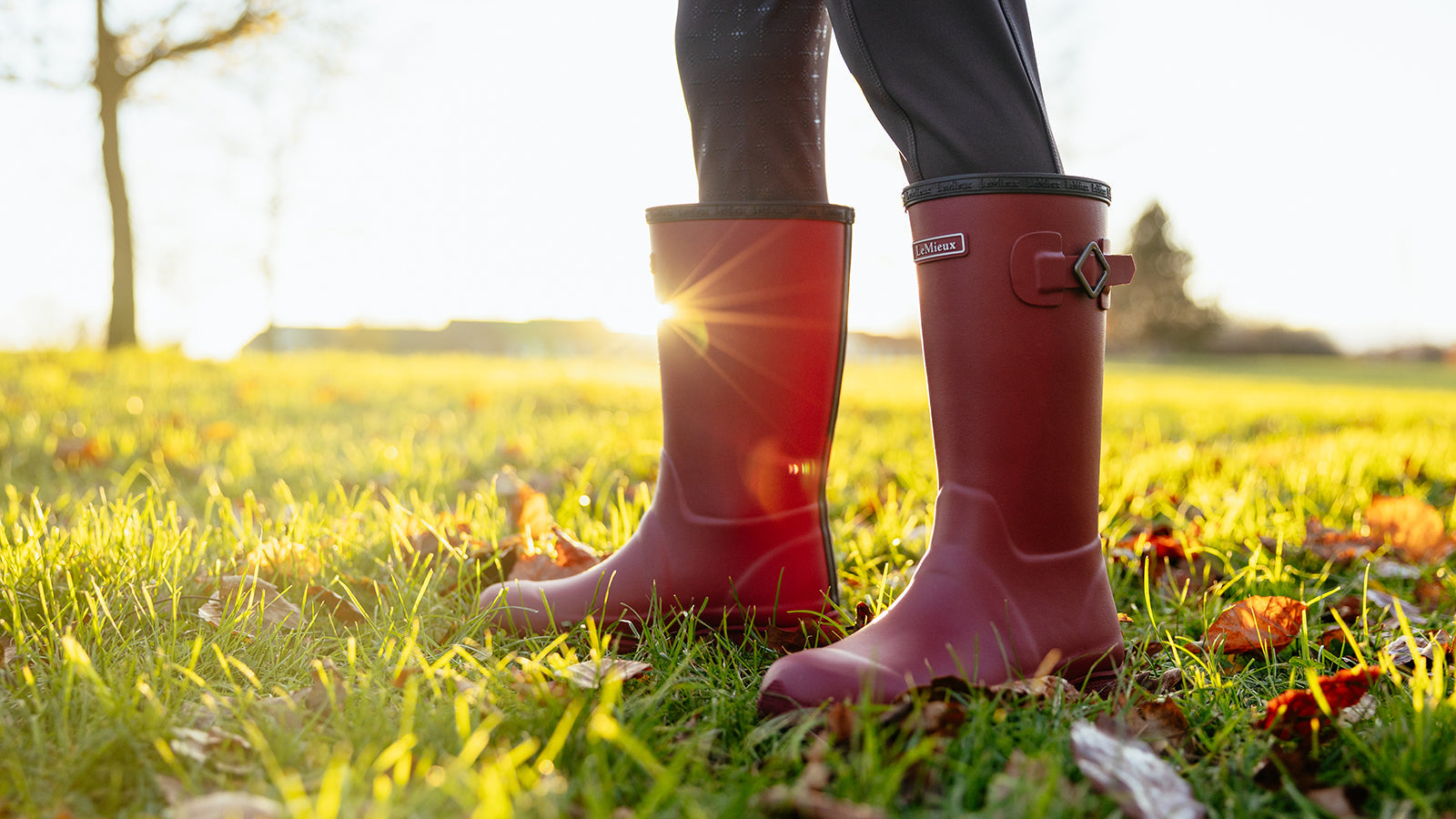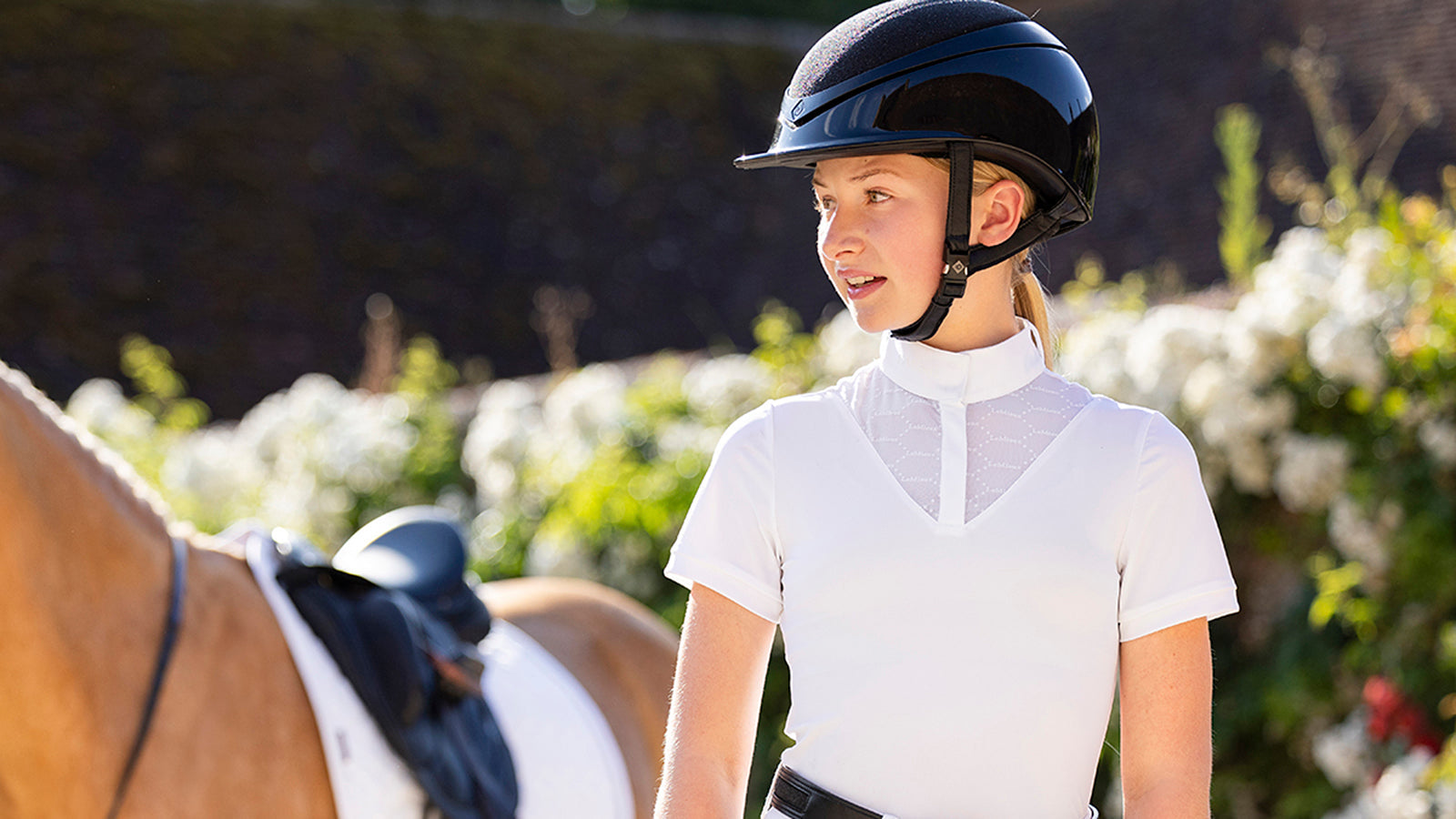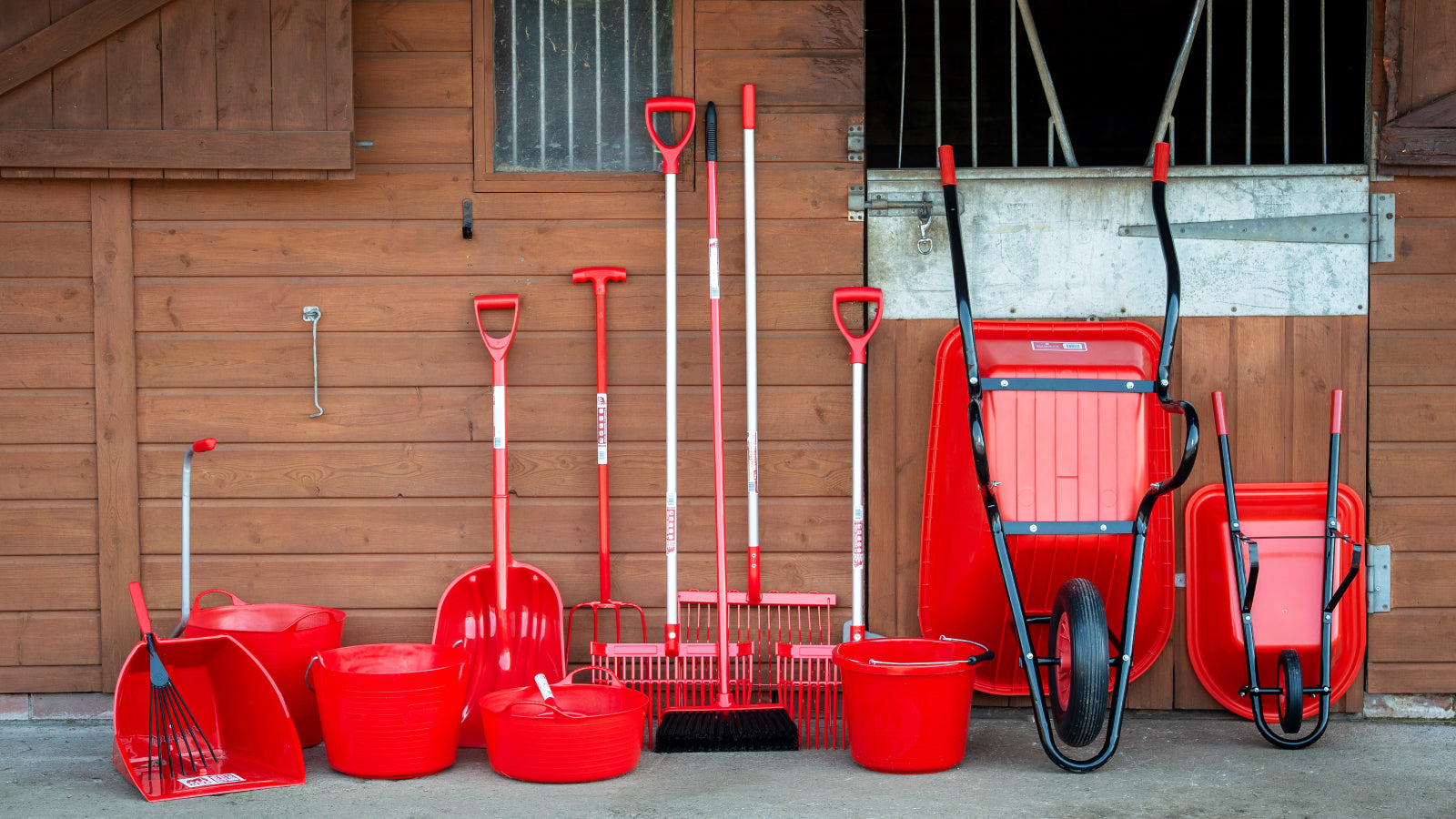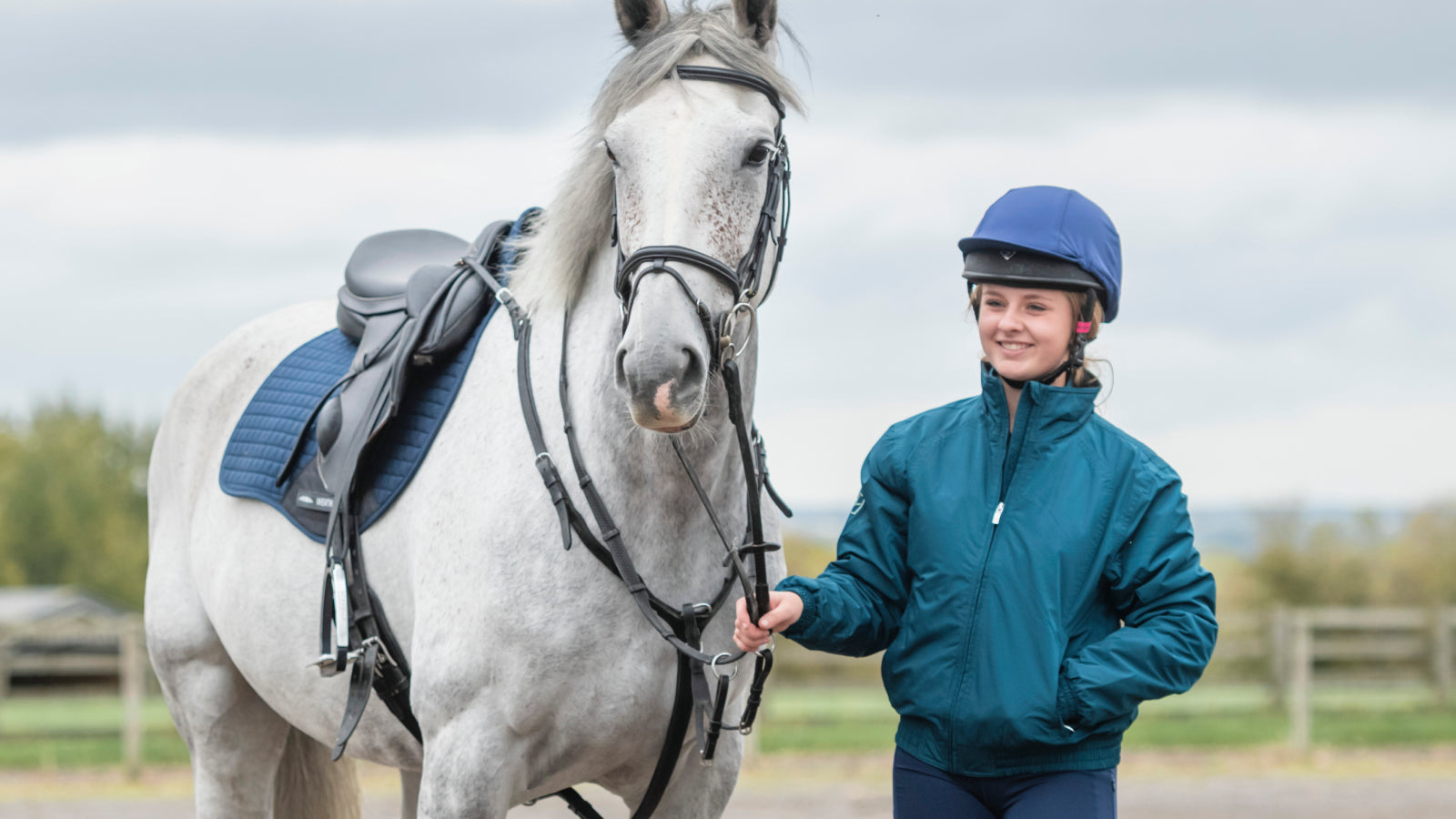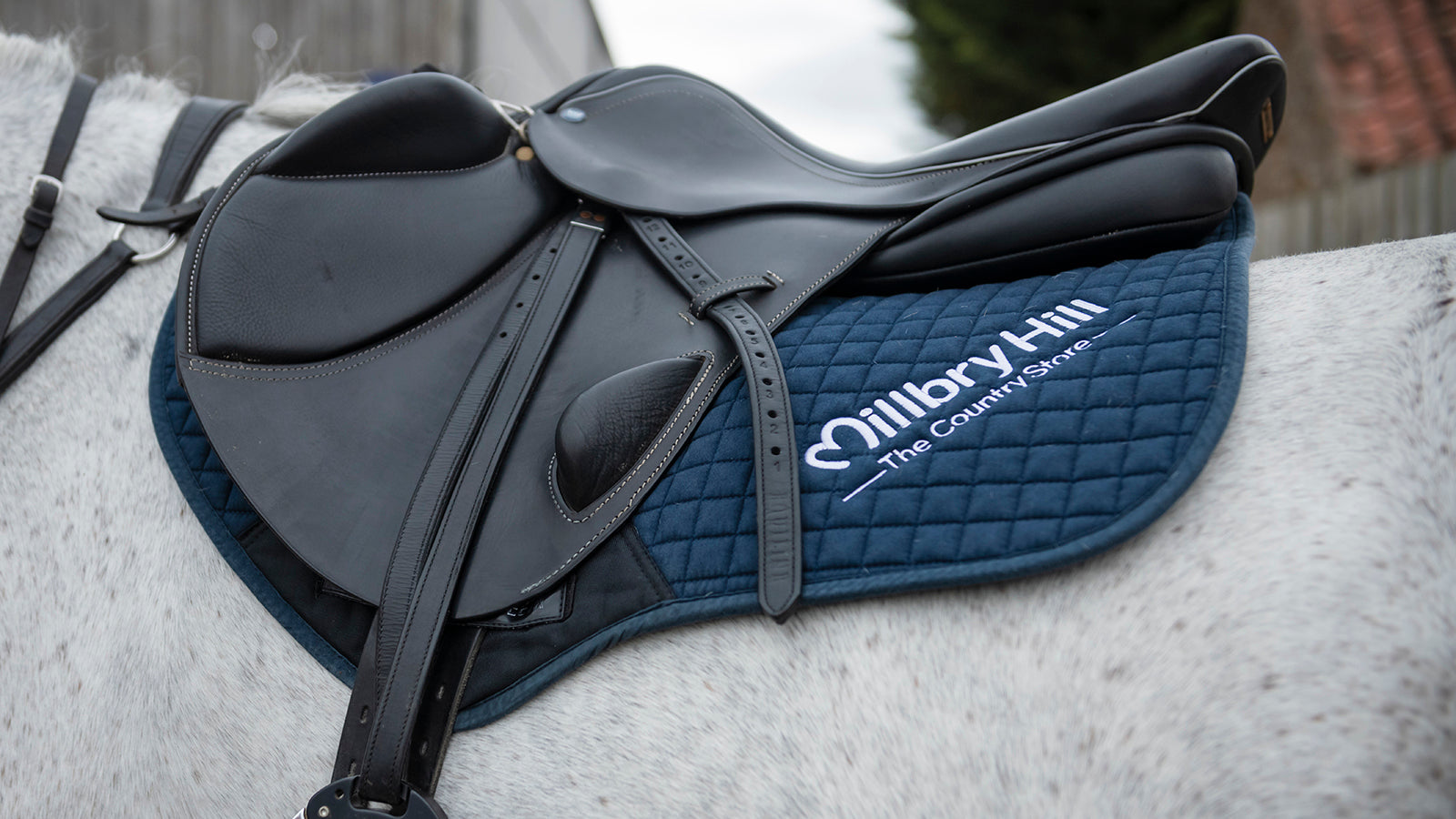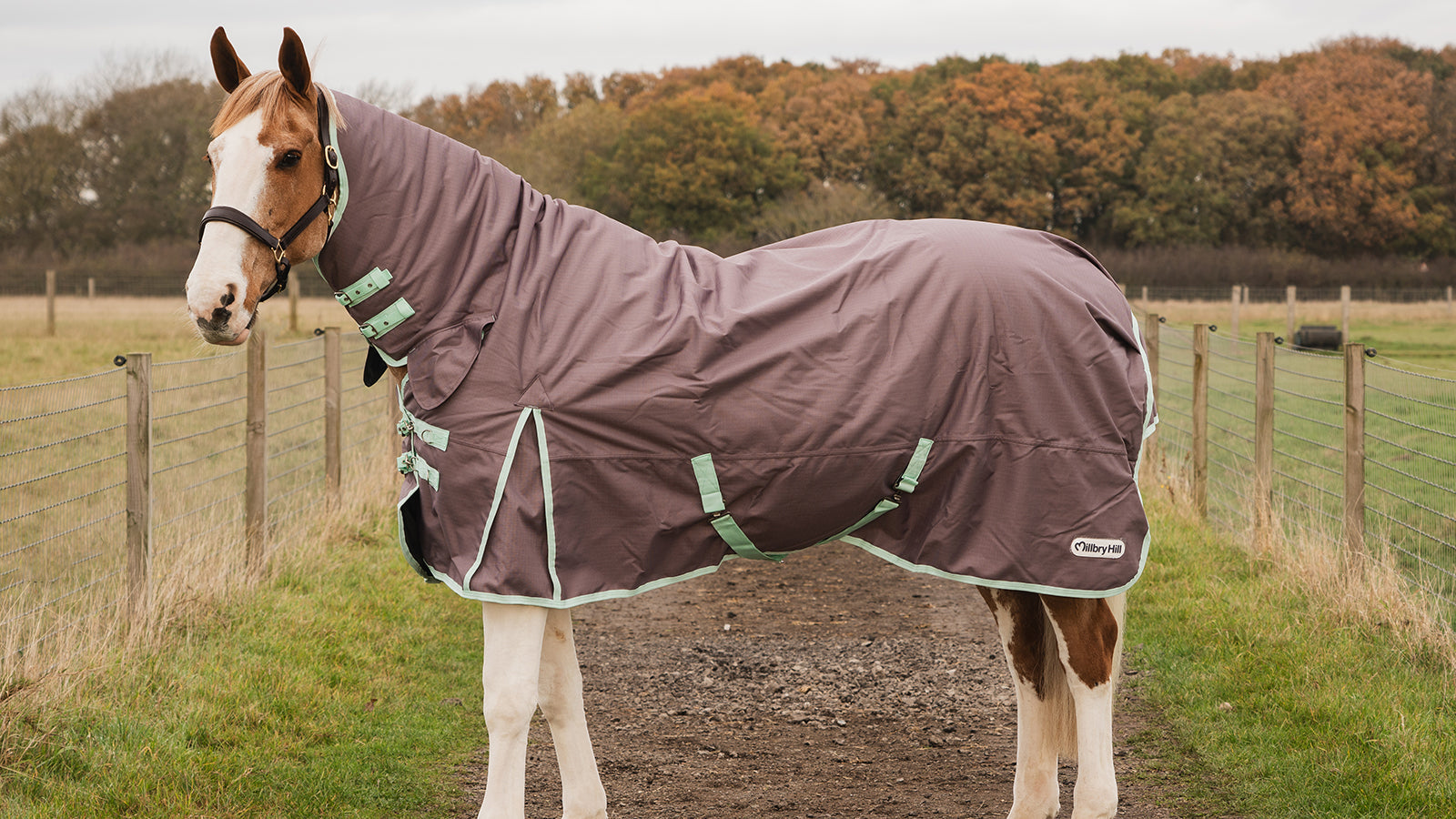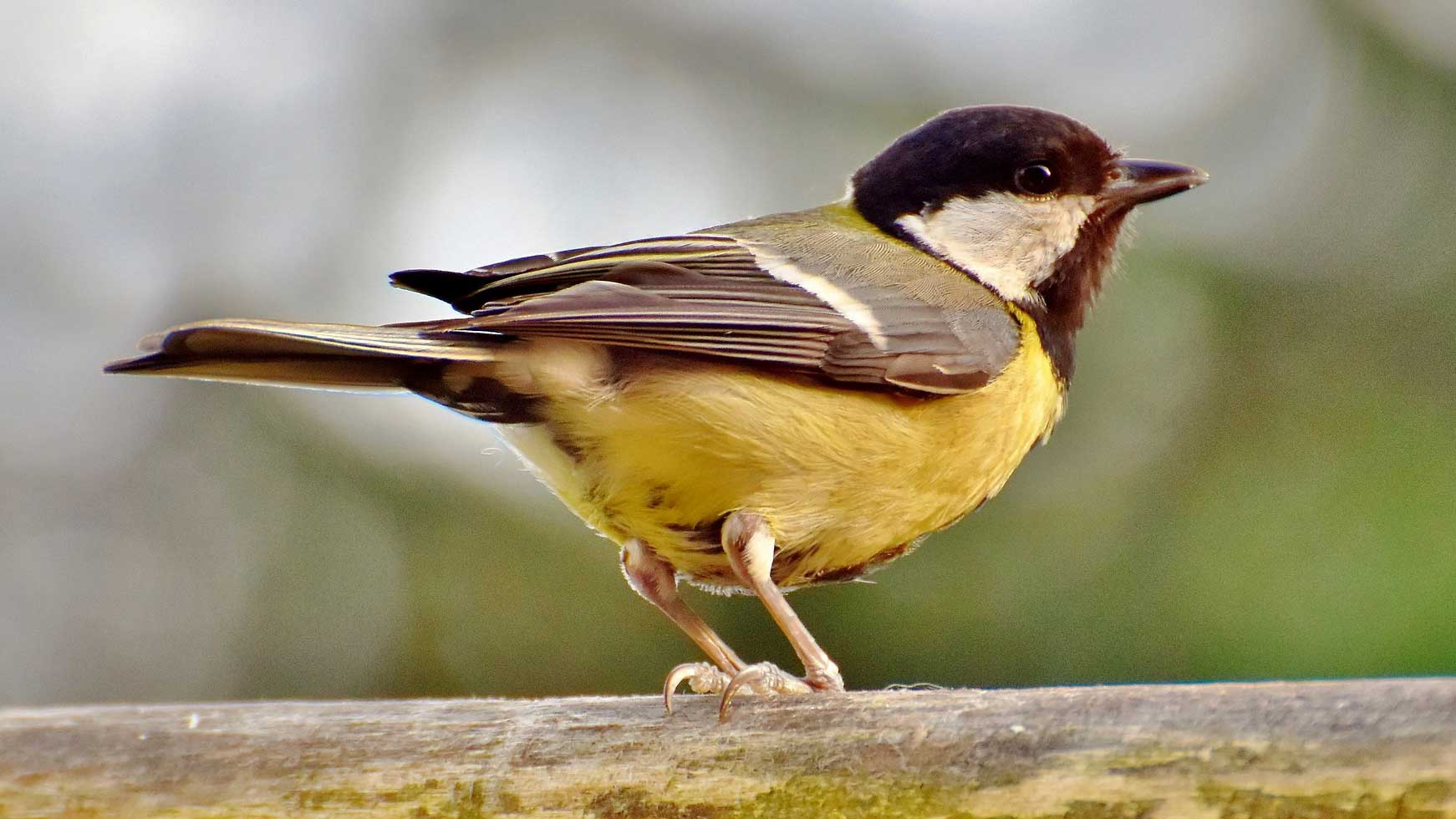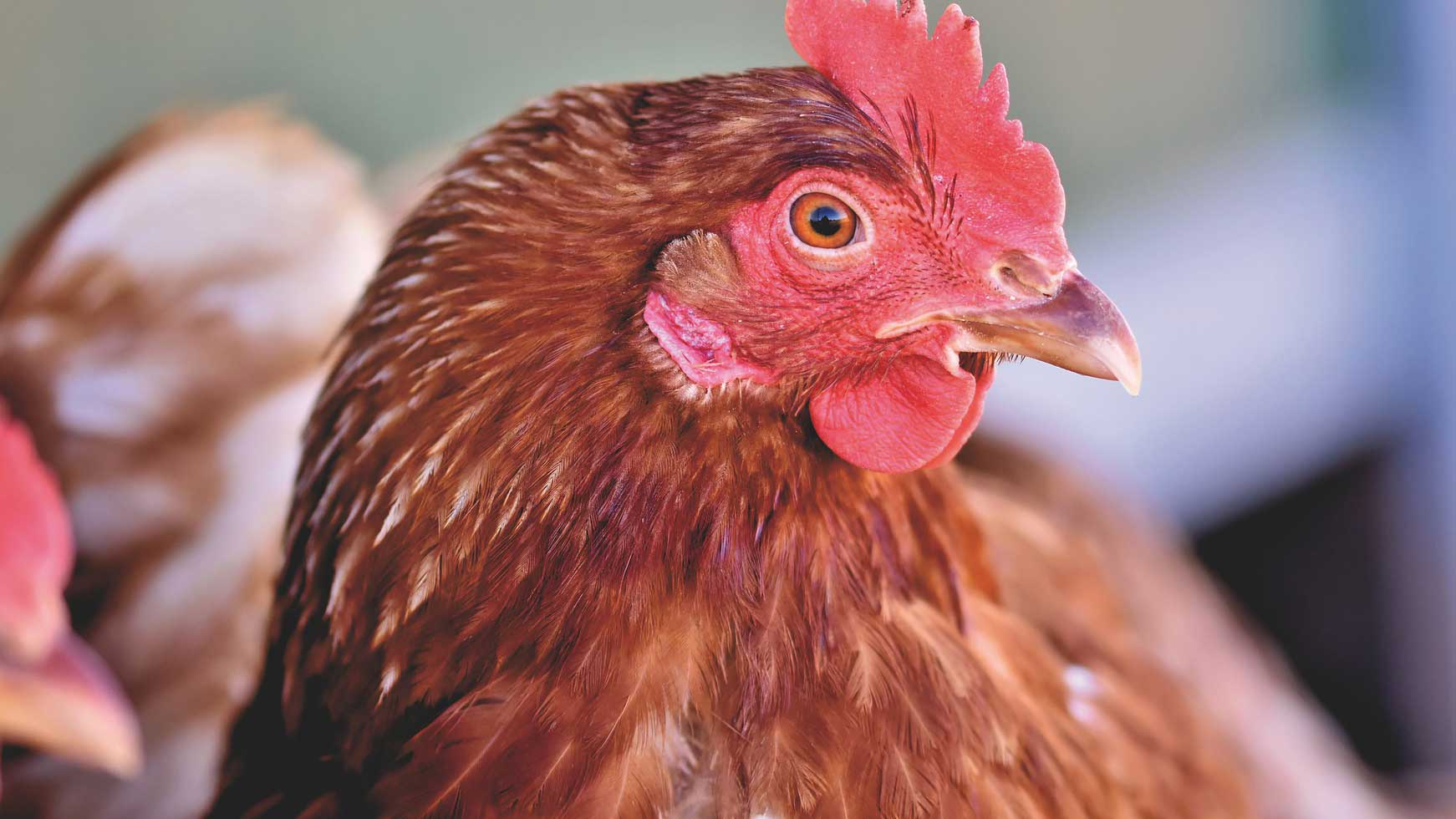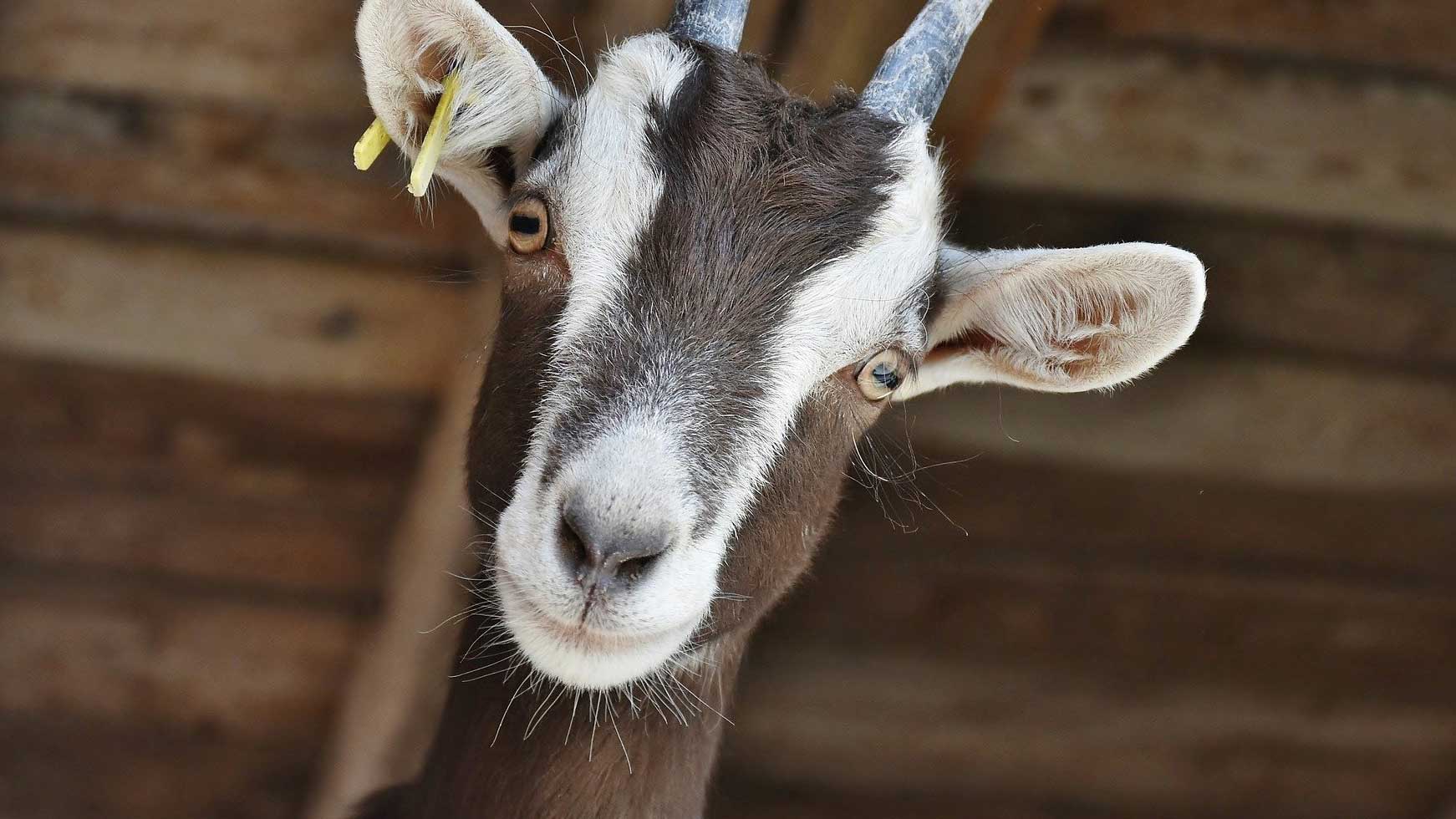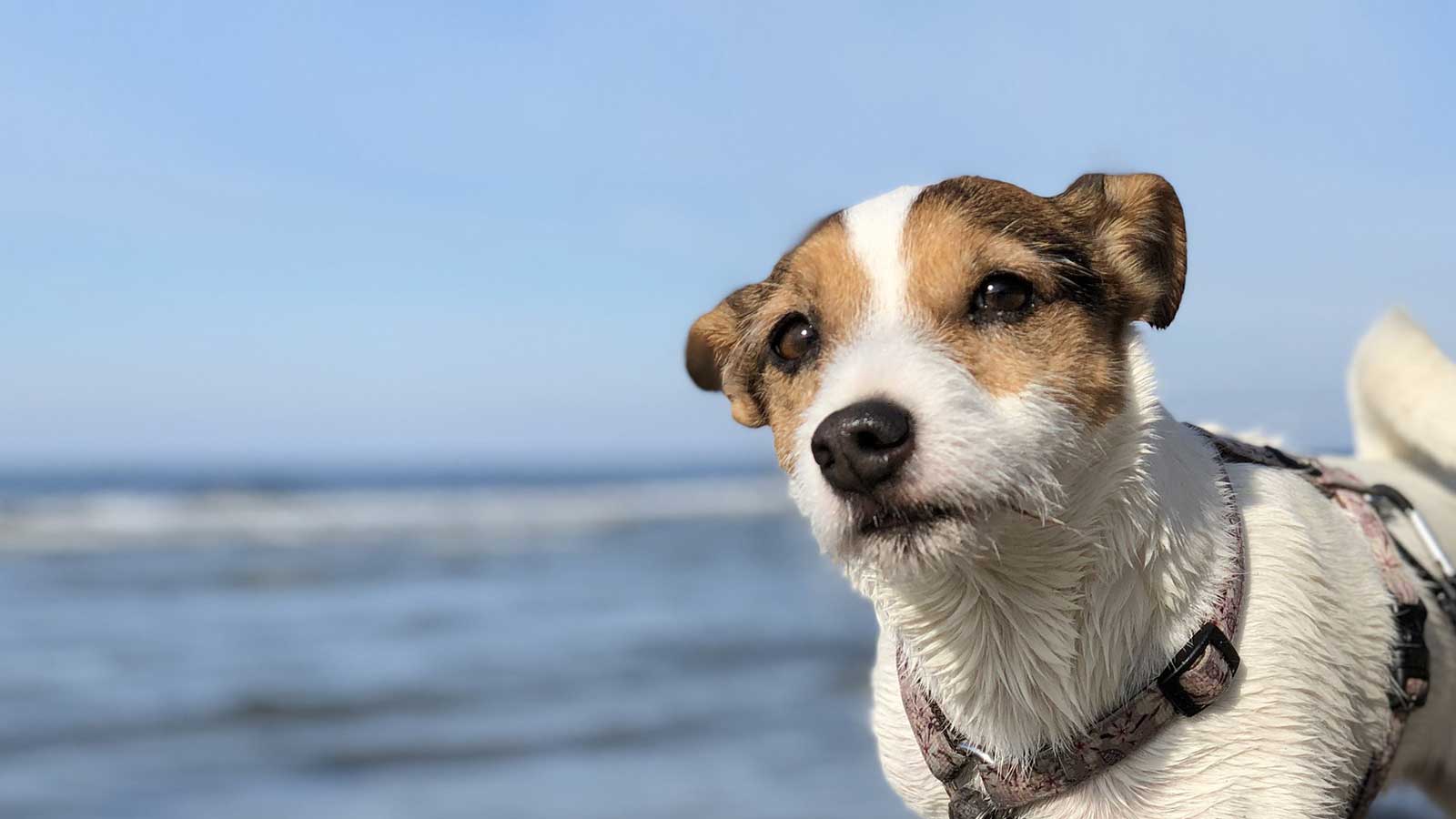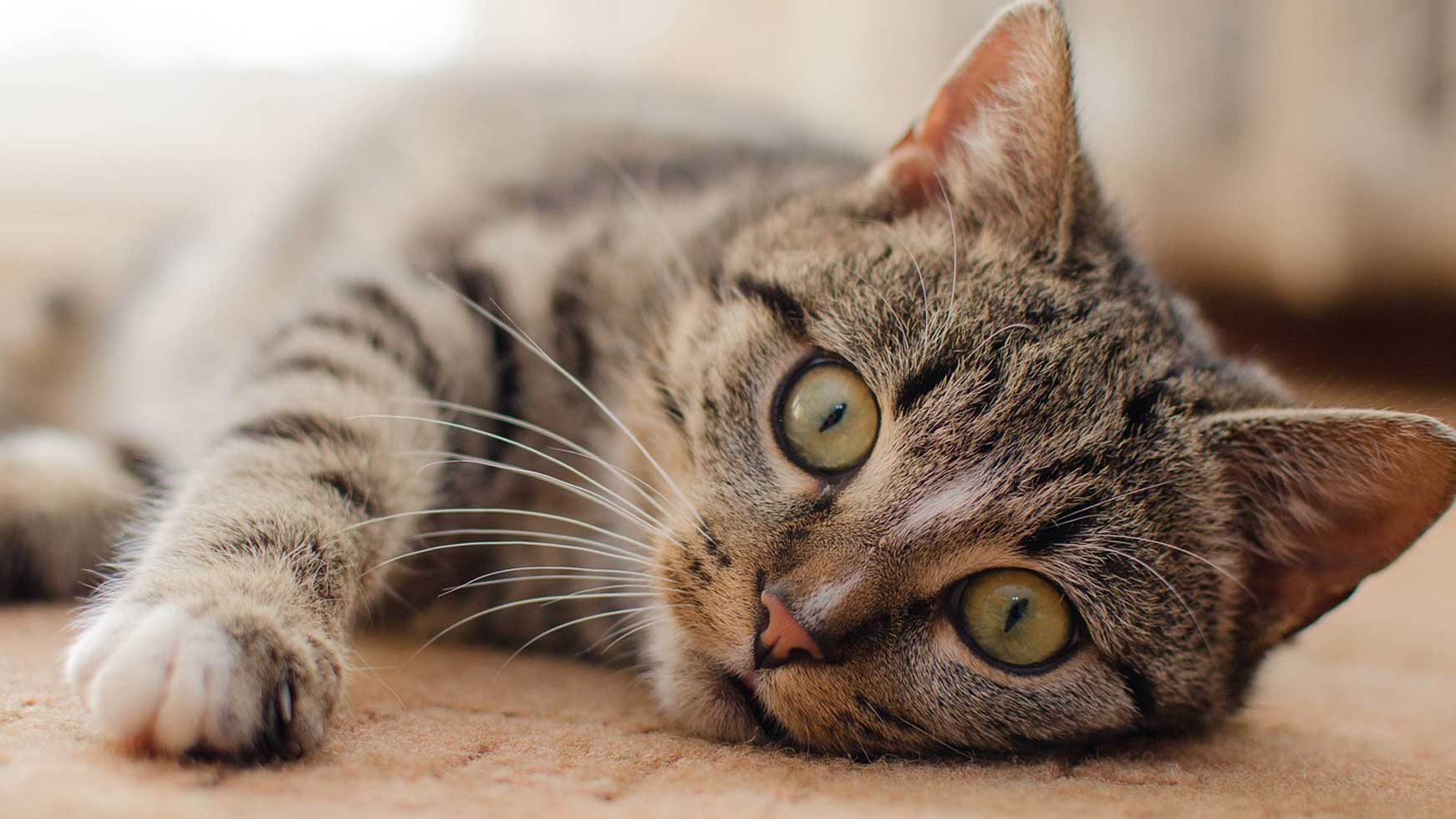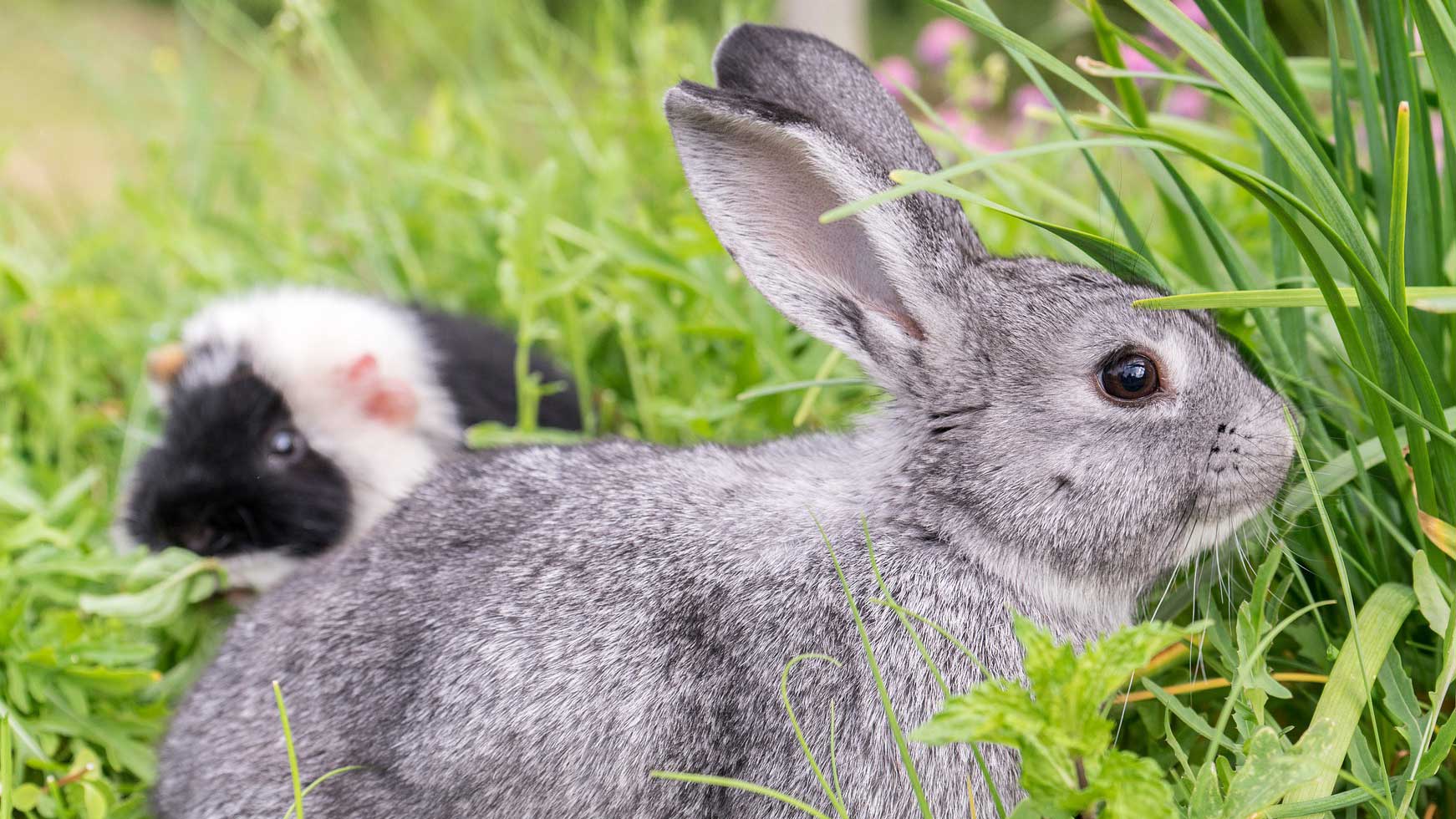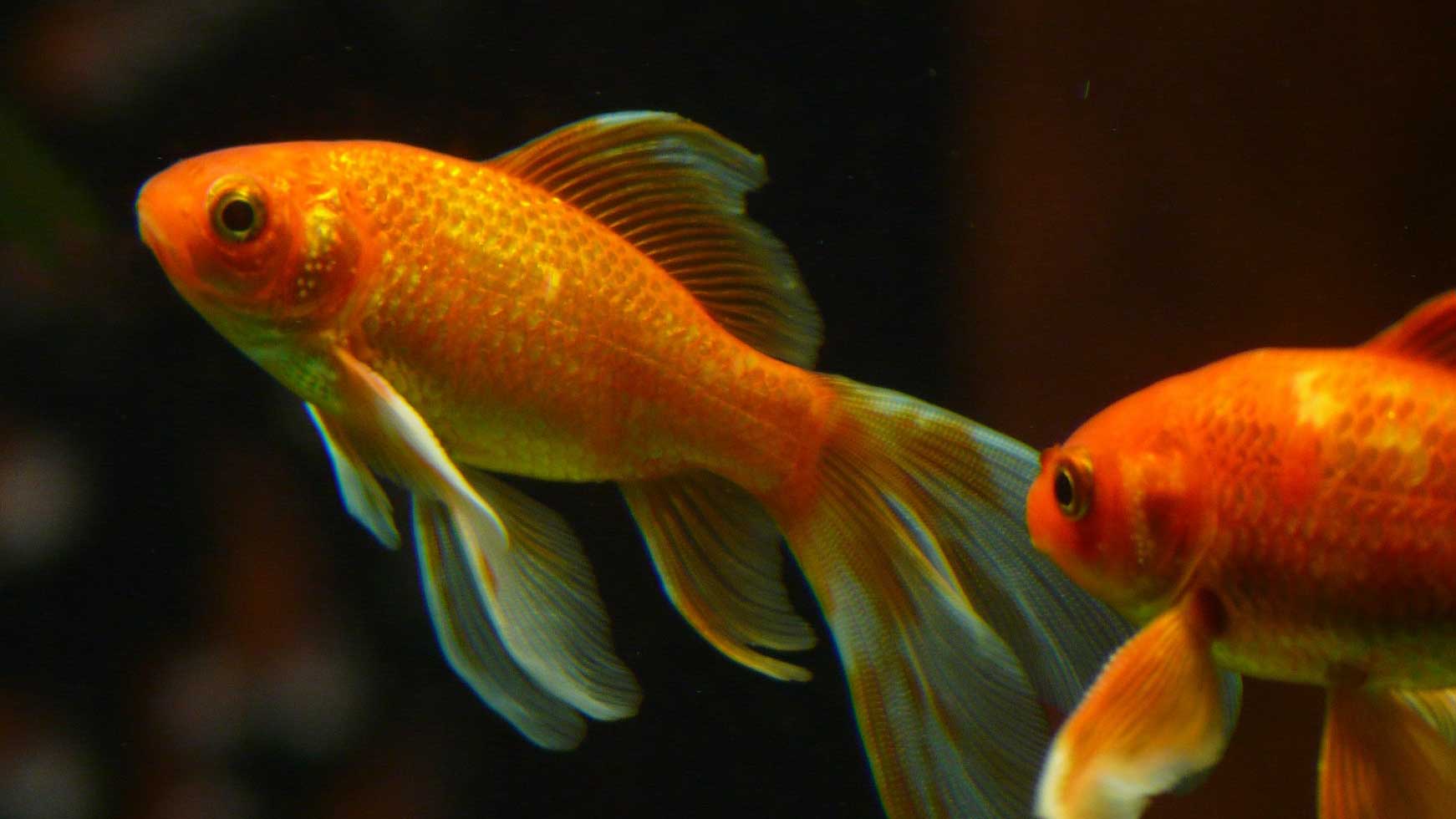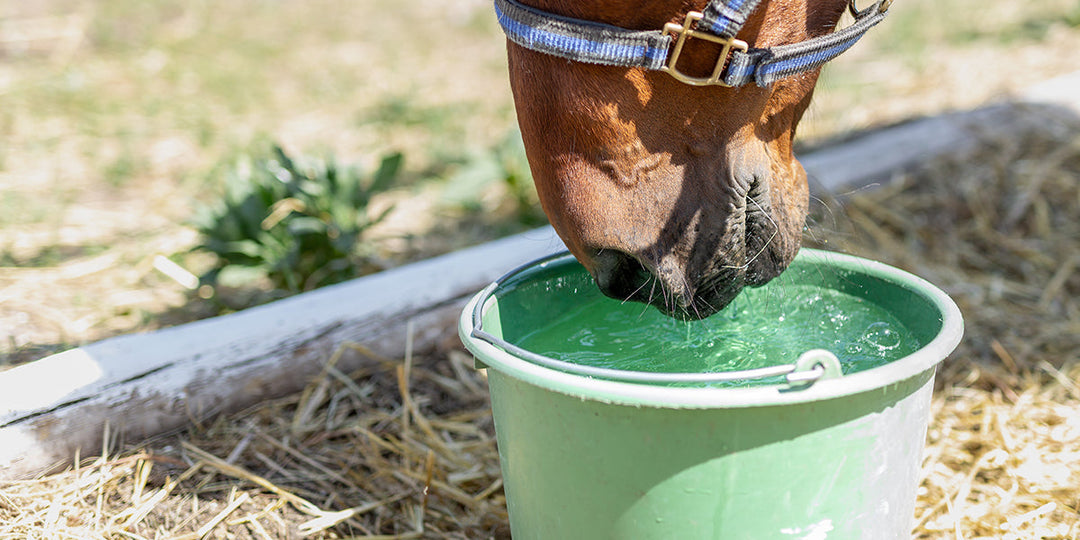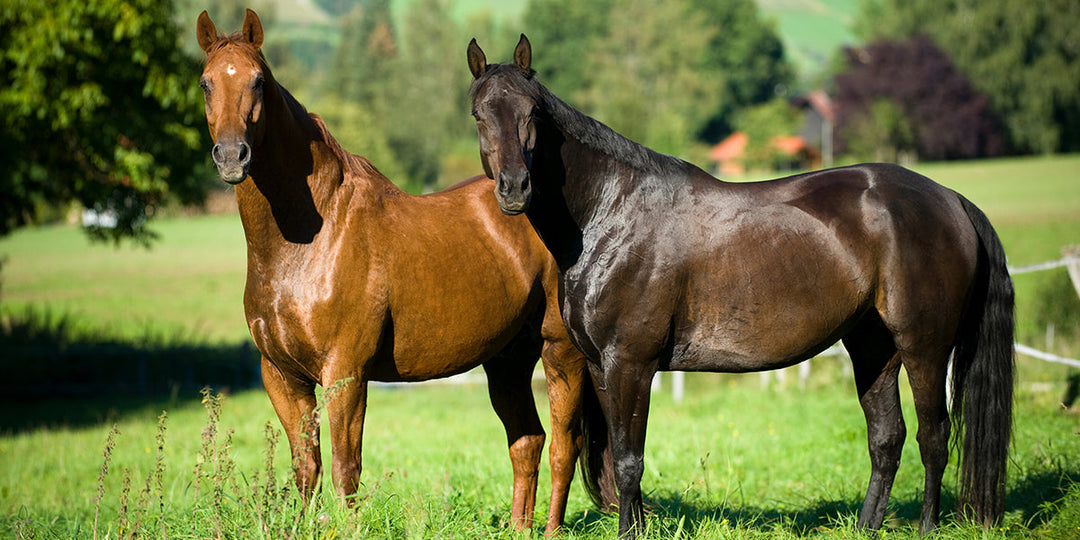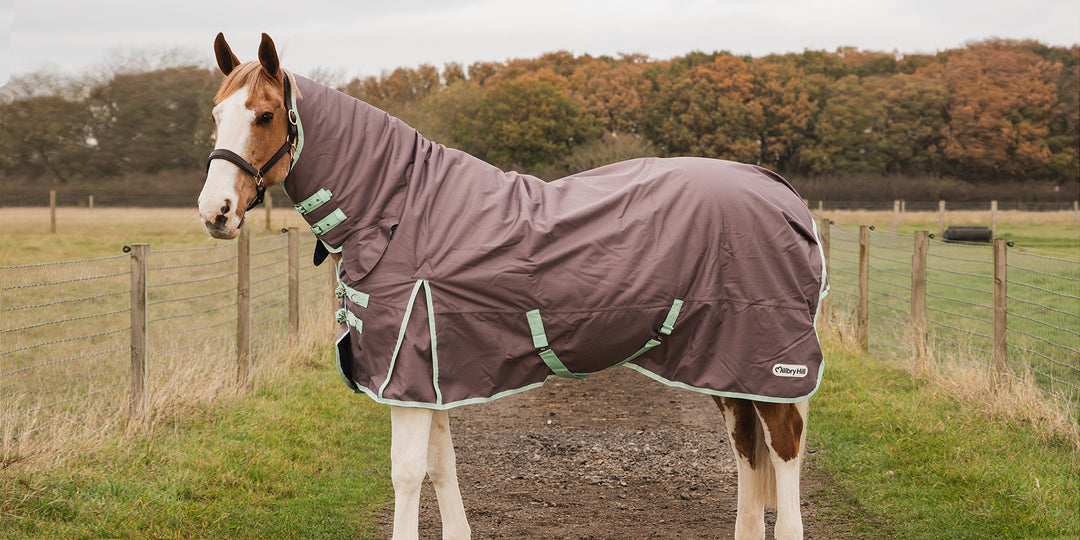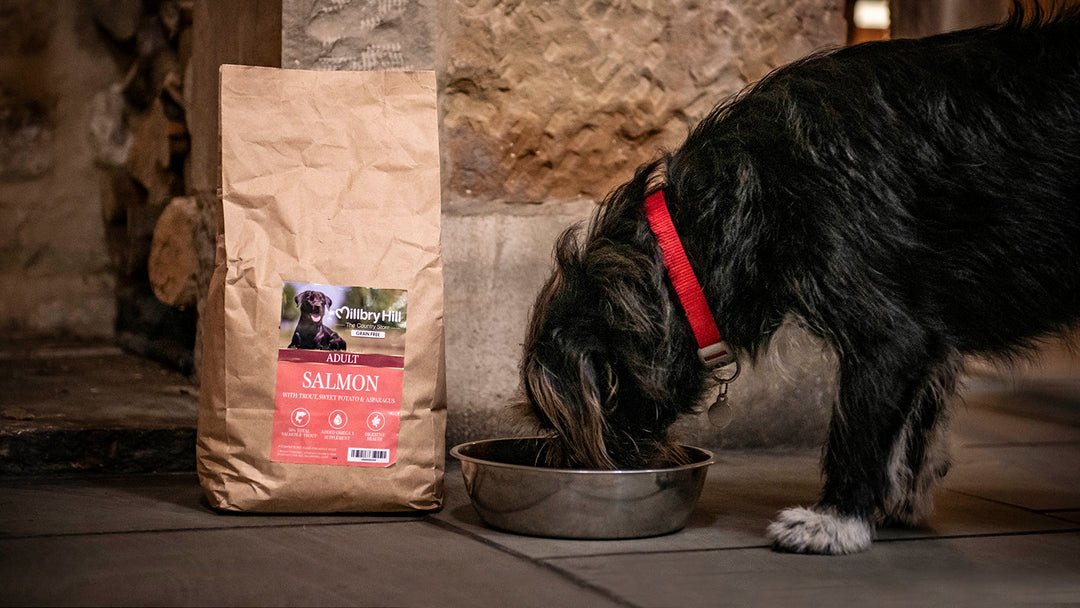Feeding and Laminitis

There is often not one single cause as to how a horse develops laminitis, but rather a range of factors that lead to an increased risk of laminitis.
...
Hormonal Laminitis
...
- Hormonal conditions that are often associated with laminitis are both Equine Metabolic Syndrome and Equine Cushions Disease.
- The above conditions can lead to a high amount of insulin in the horses bloodstream, so managing the horses diet is important as prevention and recovery.
...
Inflammatory Laminitis
...
- If your feeding your horse a lot of concentrated feeds at once, this could cause the gut to be overloaded.
- Overloading your horses gut with concentrated feed can cause gut damage, leading to toxins breaking through into the bloodstream, which will reach the laminae as thus cause laminitis.
...
Abnormal Weight Bearing Laminitis
...
- This form of laminitis is developed if the horse has had an injury or a condition that causes them to weight bear from one leg to another to support their weight.
- It causes the unaffected hoof to then develop laminitis from the stress and strain of weight on that hoof.
...
Mechanical Laminitis
...
- There's a lot of contributing factors which can cause this type of laminitis, from incorrect shoeing/trimming, the toe of the hoof being left too long, too much exercise on hard ground, soft tissue damage or joint infection.
- Speaking with your vet and farrier is the best course of action.
...

Nutritional management to reduce the risk of laminitis
...

...
Obesity is a key factor which increases your horse or pony’s risk of developing laminitis. Therefore, successful weight management is the most important nutritional consideration helping to reduce this risk.
...

...
Collecting weights and scores at set intervals, every 2 to 4 weeks, helps assess whether things are moving in the right direction. If you haven’t body condition scored previously, there are two scales which score against 5 points and 9 points. A healthy range range is between 2.5 and 3 on the 5 point scale, and between 4 and 5 on the 9 point scale. That said, horses and ponies who are prone to laminitis are served better by maintaining scores at the lower end of the normal range (i.e. 2.5/5 and 4/9).
...
The winter period offers an opportunity to work towards body weight goals allowing your horse to be in optimum condition when spring arrives. Remember, it is natural for horses to lose a little weight over the winter and come into the spring slightly lighter. This natural process is one that can be used to support any needed changes before entering the particularly sensitive Spring season when grass growth increases and sugar content elevates; both additional risk factors for laminitis.
...



The nutritional content of hay and haylage can vary greatly and must be carefully considered when feeding good-doers and those currently suffering from or who have an increased risk of laminitis. Contrary to common belief, some hay will contain more sugar and energy than haylage and therefore hay is not necessarily always the best option. A forage that is low in digestible energy, protein and sugar and has a higher proportion of non-digestible fibre is optimal. Soaking hay for 3-6 hours prior to feeding can help to reduce the sugar content.

Go Lite, by Dodson and Horrell is a particularly popular choice for those focused on feeding horses and ponies prone to laminitis. It is a high specification balancer formulated for horses that are naturally good-doers in need of a calorie-controlled diet and those that are prone to laminitis. It is low in calories, starch and sugar and also contains biotin, methionine and chelated zinc to support hoof health. Actisaf protected yeast is included to support healthy digestion and enhance nutrient uptake. Added nettle supports healthy circulation and seaweed promotes healthy skin and supports hoof growth.
If you would like to give your horse a forage based option and something and or something that would allow you to provide slightly more volume alongside your forage each day, Safe & Sound would be a product to consider.
...

...
Horses and ponies that suffer from Equine Metabolic Syndrome are often overweight, however it is possible for some individuals to be underweight whilst also at an increased risk of laminitis due to an endocrine disorder such as Cushing’s Disease, one that is common in older horses and ponies. Medical management of this condition is critical to minimise the associated risk of laminitis. From a nutritional perspective, products with a weight gain focus that are carefully formulated to be low in starch and sugar and contain a high proportion of good quality protein and oil are best.
...
Remember that in all horses and ponies, sticking to the golden rules of feeding is key. Hydration first, then forage, then meeting vitamin, mineral and energy requirements through complementary feeds (i.e. mueslis, cubes, balancers). Regular body condition scoring, weigh taping and readjustment of your horse or pony’s feeding is key to achieving weight loss goals in order to manage their overall well-being and risk of laminitis.





